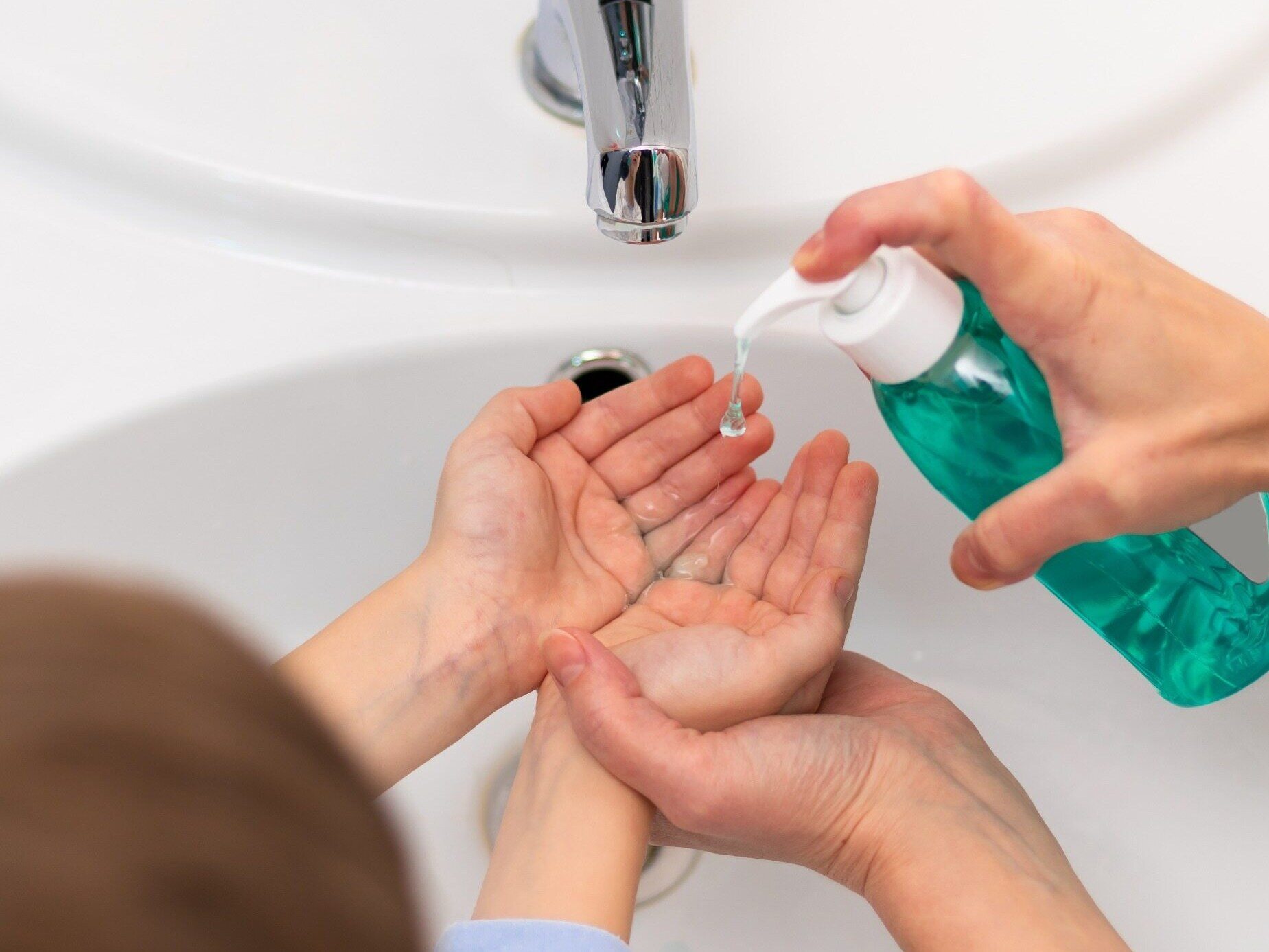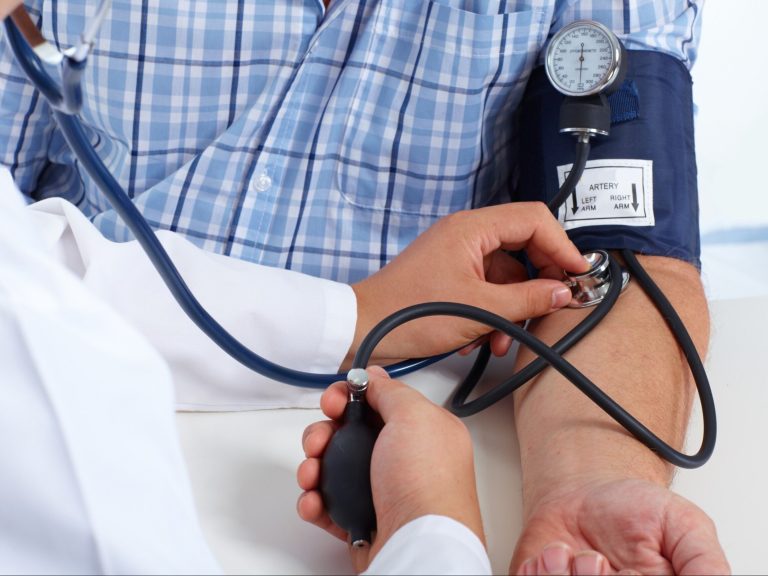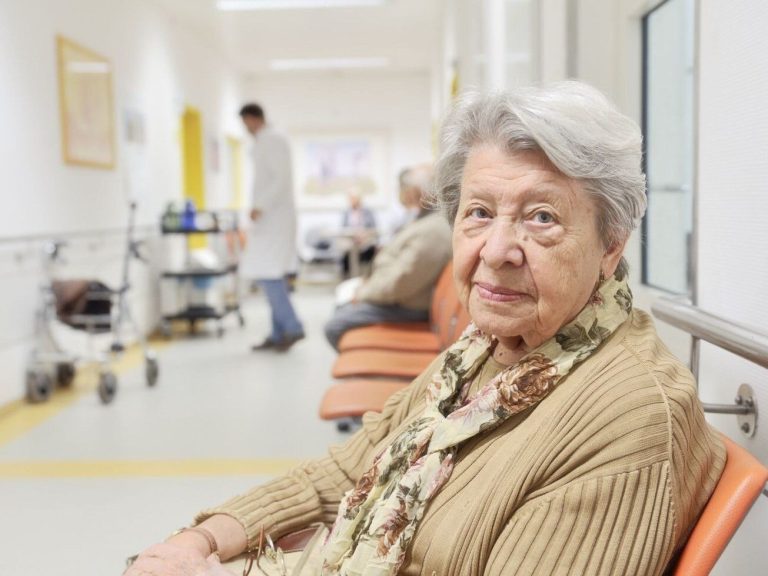Legionella in a Warsaw kindergarten. Is it dangerous for children?

Legionella bacteria were detected in a kindergarten in Warsaw. Does it pose a threat to children’s safety? Explains Dr. Michał Sutkowski, president of Warsaw Family Physicians.
The capital’s Sanitary and Epidemiological Station reported that the presence of Legionella bacteria was detected in kindergarten number 20 at Sempołowska Street in the center of Warsaw. The kindergarten has not been closed for now, and the facility’s management assures that the children are safe.
As Dr. Michał Sutkowski explains in an interview with “Wprost”, the decision on whether to close a kindergarten where the bacteria was detected belongs to the Sanitary and Epidemiological Station and is responsible for it. Whether it turns out to be right, time will tell. However, the expert warns that legionella may pose a threat to both children and adults.
The coming days will show whether bacterial infection has occurred. People with weakened immunity and multi-morbidities are most at risk of infection, for whom the infection may be fatal. Legionella infection may therefore pose a threat to chronically ill children, and such children may also be present in kindergarten, says Dr. Michał Sutkowski.
How does Legionella infection occur?
Legionella infection occurs by inhaling an aerosol of contaminated water. You cannot become infected with the bacteria either from a sick person or by drinking water. In a kindergarten in the capital, for preventive purposes, the showers were closed for a week. During this time they will be disinfected. The so-called overheating the water, i.e. heating it to a temperature of 70 degrees, which kills the legionella bacteria.
Symptoms of Legionella infection in children
According to the World Health Organization, bacteria Legionella Pneumophila is the most dangerous waterborne microorganism for humans. It causes acute pneumonia, dangerous for both adults and children. As Dr. Sutkowski points out, the disease begins quite inconspicuously. These are most often headaches and musculoskeletal pain. However, several variants of this disease may occur:
- asymptomatic infection or symptoms that are not noticeable by the patient,
-
cold disease, so-called Pontiac feverwith bone and joint pain, cough, runny nose, low temperature or sometimes no temperature at all,
- Legionella pneumonia often with neurological symptoms, fever, cough, chest pain when coughing, diarrhea.
If symptoms of legionellosis occur in a child, you should consult a pediatrician who will examine the child. Legionella infection requires antibiotic treatment.
The disease takes 7 to 10 days to develop. It progresses rapidly and may last for many weeks. In the most severe cases, it may lead to symptoms of acute respiratory failure and multi-organ failure, including the heart, pancreas and kidneys. Children with acute pneumonia should be hospitalized – says the expert.
In the case of Pontiac fever, depending on the child’s age, treatment can be carried out at home and does not require any special steps. Symptoms such as headaches, fever, dry cough, fatigue, muscle aches and breathing difficulties usually occur and disappear on their own within 2-5 days.






